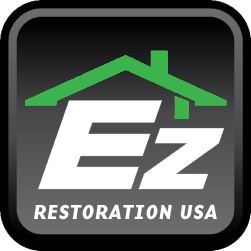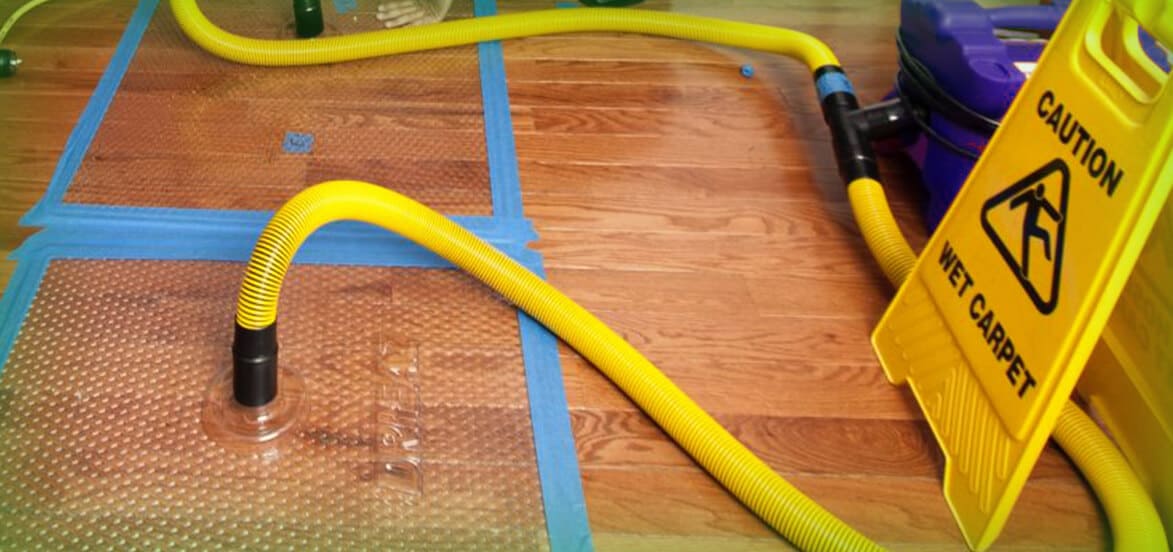9 Things You Need to Know About Water Damage Remediation
Water damage is one of the most typical and severe consequences of flooding. Water damage is also a prominent cause of home insurance claims, accounting for millions in losses each year.
Other than contributing to structural and foundation issues, basement water damage can utterly destroy your belongings and interior decorative finishes, as well as create the ideal setting for hazardous mold development.
Most homeowners who are fortunate enough to have a basement will suffer from water damage at some point. A minor water leak, faulty plumbing, malfunctioning sump pumps, leaking walls, windows, or a shaky foundation could all be the cause. The first step in repairing basement water damage is to switch off the electricity in the area and the gas supply to any appliances with submerged pilot lights and systems.
After that, you must determine the source of the flooding or leaks. With the help of water damage services, you can fix the water damage and restore your home and basement to the previous dry state.
Prominent Things You Can’t Ignore About Water Damage Remediation
1. Contact Your Insurance Provider
Homeowners’ insurance protects them against unexpected and unintentional harm (such as a ruptured water heater or a pipe burst). Flood damage, regardless of water source, may be excluded from ordinary homeowners’ insurance coverage. Remember that a standard home insurance policy does not cover water damage caused by a lack of maintenance. Storms, blocked sewers, and overflowing bodies of water such as rivers, ponds, and lakes can all cause flooding.
As soon as you detect water damage, contact your insurance company. They will assist you on how to prevent the spread of water damage. They may also cover property damage, which reduces the expense of water damage restoration.
Maybe, you are more accountable for the cost if you do not contact your insurance company when you have water damage at your property.
Your homeowners’ insurance will fluctuate depending on the coverage you have. The insurance provider will send an adjuster to view and analyze the damage to determine whether or not it is a covered loss.
Take maximum photos before, during, and after cleaning the water damage to document the worth of every item you can think of. It will assist the claim adjuster when they arrive to inspect the damage. Fortunately, we will assist you in insurance clearance process too.
2. Not All Water Damage Is Insured.
Before you get too excited about the insurance company covering the water damage, keep in mind that they will not cover the complete water damage. Most insurance policies, for example, do not cover water damage caused by flooding. If you reside in a flood-prone location, you may consider purchasing flood insurance separately.
Expect your insurance company to tell you that your coverage does not cover water damage. The majority of homeowners’ insurance policies do not cover all sorts of damage. As a result, being proactive with your insurance can pay off in the long run.
3. Safeguarding Yourself, Your Appliances, & Your Valuables
Whenever a disaster strikes, such as flooding, storm, or water damage, the most crucial thing is to ensure the safety of yourself and your family. There are various things you can do to keep your home safe.
Turn Off The Electricity
Enter in a flood-damaged home only after turning off the power. Consult an electrician and turn off the electricity supply because there are chances that you still be electrocuted. The only safe way is to remove the meter from the socket so that your house can completely get disconnected from the grid.
Wear Safety Equipment
Wear protective clothing such as rubber boots and gloves while entering your home again. It will keep you safe from injuries caused by bacteria-infested water.
Safeguard Your Most Valuable Assets
Pull wood furniture away from damp carpet patches and place tin foil under the feet to prevent carpet discoloration. Similarly, you should remove rugs from the wet floor.
If the flooding is severe, you may need to abandon your home. When you come home to begin dealing with the aftermath, make sure it is safe. Avoid driving through flooded roads!
4. Begin Repairing Water Damage Immediately
Before beginning the water damage removal procedure in a flooded property, make sure you document all damages happened. It will help you with any future insurance claims.
If possible, water damage restoration should begin within 24-48 hours. In many situations, the damage is beyond the capacity of a single person or family to tackle. Seek assistance from restoration companies to manage water damage processes precisely as they ensure your safety.
You may need to remove flooring, drywall, and insulation to prevent mold and mildew from spreading on your property. Furniture may need to be dried, cleaned, or discarded depending on the amount of water damage. So, quickly start with the water damage restoration process as water and dampness may deteriorate hardware flooring.
5. Removing Humidity and Drying Out Your Home
If you decide to start the drying process yourself, use protective clothing. Determine what can be saved and toss unsafe or damaged material.
When there is a lot of standing water, consider using buckets or plastic tubs to remove it. Then, in hard-to-reach areas, use a mop to absorb excess moisture. Once the majority of the water has been gone, continue the job by renting a wet-dry vacuum from a nearby hardware store to allow the space to dry thoroughly. Using a dehumidifier can speed up this process. You can use the wet-dry vacuum straight away if there isn’t a lot of standing water.
Even after you’ve removed all standing water from your home, you’ll still have to deal with moist conditions, especially if you live in a humid climate. If you can re-establish power, utilize central air conditioning to eliminate humidity. Floor fans, industry equipped dehumidifiers, etc., can also aid in the drying of moist regions in your home.
Avoid mildew, mold, and other lingering issues by taking prompt action. To ensure a dry home, you may want the services of an expert restoration firm such as EZ Restoration USA.
Time is critical, and studies suggest that beginning the drying process within the first 24 hours and adequately drying a home within 3-4 days can nearly eliminate the risk of mold and mildew.
6. Mold Identification
Mold can begin to grow within 24 hours of a flood, and once it has started to grow, it can be tough to remove. The sooner you remove goods from water and begin drying them, will prevent mold development.
If the problem worsens, you may have to remove the damaged portions entirely. You should always consult an expert and evaluate the situation.
7. Mold Removal Following Water Damage
As soon as you notice water damage in your house, it would help if you took whatever precautions you could to avoid mold growth. As you start to dry things out, make sure not to spread mold spores around your home.
It’s always advisable to have a professional aid with the drying process, which dramatically reduces the likelihood of mold growth.
Our professionals can help you remove it and restore your home to a safe and healthy state if you have mold.
8. A Little Bit Of Regular Maintenance Goes A Long Way.
Bad storms can create floods and water damage, but most water damage is resulting from leaky roofs, pipes, or other plumbing issues. Believe it or not, regular maintenance can go a long way toward preventing water damage.
Ensure that your house, gutters, roof, and plumbing are functioning properly. If you own a commercial facility, you should consider investing in a professional inspection once or twice a year.
9. Restoration Doesn’t Take As Long As You Might Expect
Many people think restoration is a lengthy procedure that can last weeks or months. Fortunately, effective water restoration does not take as long as you would expect.
The restoration process should begin as soon as you discover the water damage. The professionals will act fast to ensure that mold does not have time to grow. This is why you should call a professional water damage restoration team in San Diego as experts doesn’t take long. They know that exceeding time limits will further cause decay. So, stay calm while water damage professionals make your home dry and habitable again.
How Long Does It Take to Clean Water Damage?
The time required for water damage repair depends upon the severity of damaged material. If you’re only dealing with one or two rooms, it should take less than a month- 72 hours to dry out and another 1-2 weeks to fix the damage.
Perhaps you’re dealing with a burst pipe or, worse, a flooded basement. You cannot afford to put off starting the water cleanup process, no matter how severe the initial damage is. Water spreads quickly and gets absorbed into the flooring, walls, furniture, and other surfaces of your home.
A sump pump is another option to eliminate water from your home. A sump pump is a device that helps to drain water from a basement or crawl space. The sump pump should connect to a drainage line that exits the house. When the water level in the sump pit rises above the bottom hole, the sump pump gets activated and pumps the water out of your home.
Water damage restoration is a difficult task; therefore, it is essential to contact a professional for assistance. You don’t want to risk mold growth, spreading mildew, or miss any water-damaged locations. Even minor leaks can cause extensive water damage.
Our emergency water damage repair services in San Diego are trusted among homeowners and businessmen for quick and efficient services. Call us anytime, our water damage repair and restoration team in San Diego will handle all so that you don’t have to.


